Please login or click here to join.
Forgot Password? Click Here to reset pasword
Malmesbury Abbey is built on the site of a former Saxon monastery of AD700, by the 12th-century it was an important Benedictine Abbey and a noted seat of learning. At that time it possessed the second largest library in Europe and one of its community was the 12th-century historian William of Malmesbury.
One of the most spectacular parts of the church is the porch, this is medieval and is outstanding for its carvings of the Apostles.
Historically, the abbey was closed at Henry VIII's Dissolution of 1539. It was later purchased together with all its lands by wealthy merchant William Stumpe. William was a generous man, he gave the abbey back to the town to be continuously used as the parish church.
Storms of 1500 caused considerable destruction to the church, it lost its tower and spire, over two thirds of the nave and most of the transept. Further damage was caused in 1550, when the western tower collapsed causing the loss of three of the western bays of the nave. Thus, the church we see today is only half of the original building. Further damage was inflicted during the English Civil War when the abbey was the scene of a massacre. Bullet marks left from this time can still be found in the walls of the building.
One of the most interesting legends concerning the abbey is that of 1020 when a monk named Oliver made an early attempt at man powered flight from the tower of the abbey, wearing a pair of man-made wings. Despite being crippled by the fall, Oliver lived for over half a century. He is believed to have foretold the Norman invasion after seeing Halley's Comet.
Today, the town continues to be dominated by the abbey remains which show some of the finest surviving Norman work in the south of England. The abbey is also noted as the first English church to possess a church organ.
Malmesbury Abbey, sitting within a beautiful churchyard scattered with the graves of centuries, makes an interesting and inspiring visit for everyone.
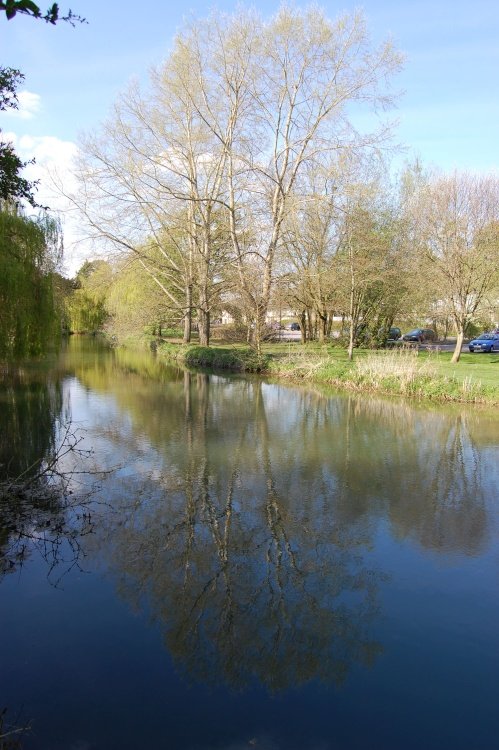
a Historic Market Town in the county of Wiltshire
(0.2 miles, 0.4 km)The town stakes its claim to be the oldest borough in England on the fact that it was granted a charter in the year 924 by King Edward..

a Picturesque Village in the county of Wiltshire
(8.1 miles, 13.1 km, direction SW)Tucked away in the Cotswolds, Castle Combe is a quintessential English village with honey-colored stone houses, a medieval market cross, and a peaceful ambiance. It's an idyllic destination for a relaxing countryside getaway...
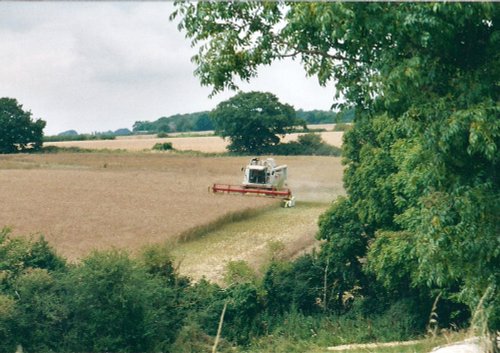
a Historic Market Town in the county of Gloucestershire
(10.9 miles, 17.5 km, direction NE)Originally known in Roman times as Corinium Dobunorum, the town of Cirencester in those far off day's was the second largest town in England...

a Cotswold Village in the county of Gloucestershire
(11.5 miles, 18.5 km, direction N)The village of Bisley is all charm. It has an excellent collection of very fine buildings as well as some interesting local folklore...
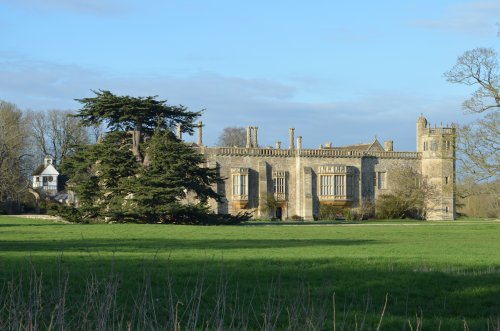
a Picturesque Village in the county of Wiltshire
(11.9 miles, 19.1 km, direction S)Gatherings of graceful medieval houses line the streets of Lacock..
All towns in Wiltshire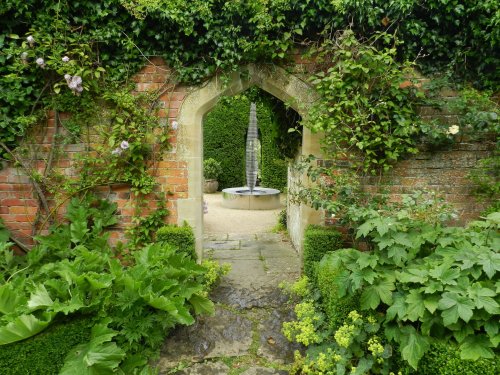
William Stumpe, the wealthy merchant responsible for giving Malmesbury Abbey back to the town following the Dissolution was also.....

A magnificent arboretum which is a joy to visit at any time of year. It is run by the Forestry Commission and has a dazzling.....
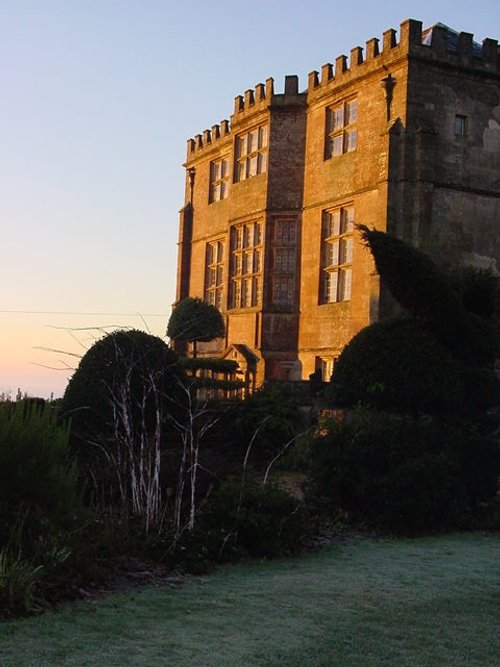
Former Tudor hunting lodge later converted to fashionable home...
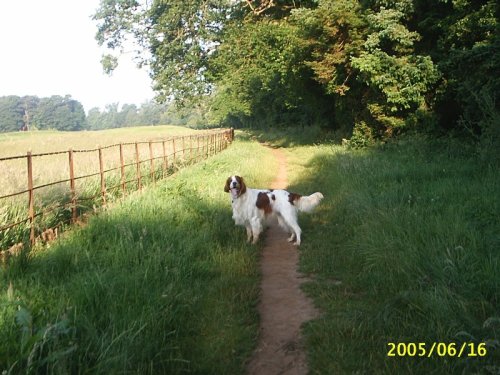
..
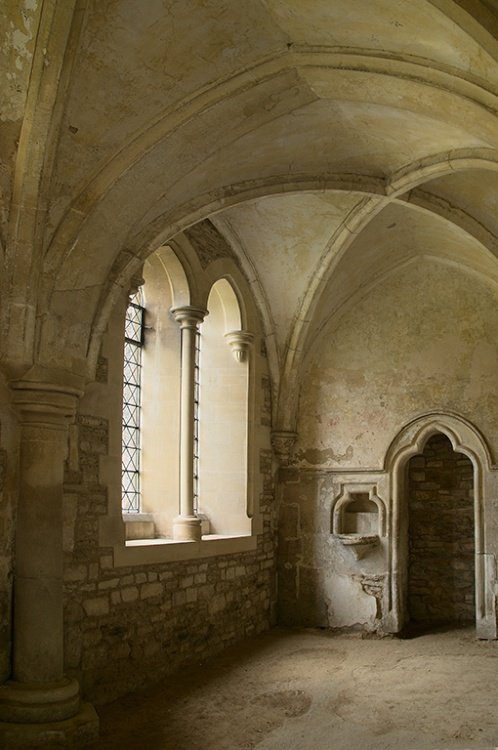
Lacock is one of the most beautiful villages in England, with houses dating from the 15th-century to the 18th-century. At the.....